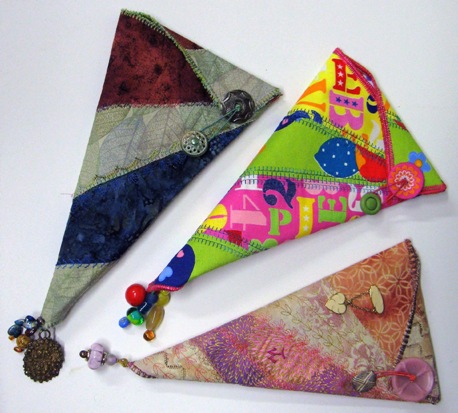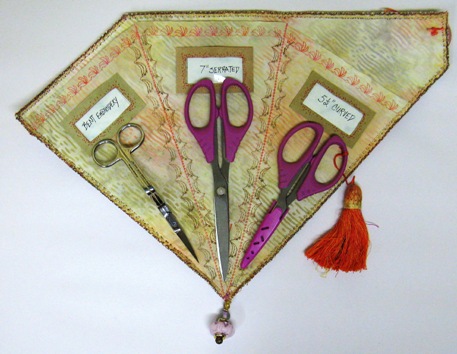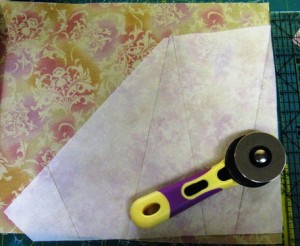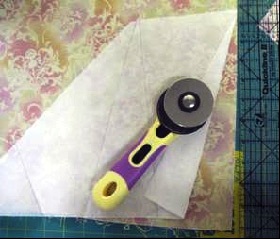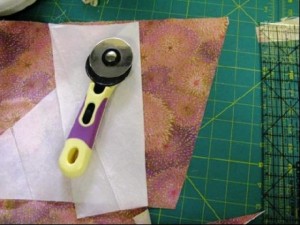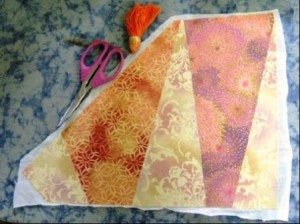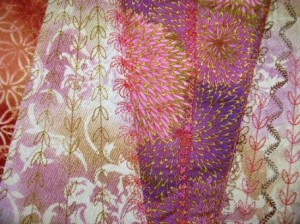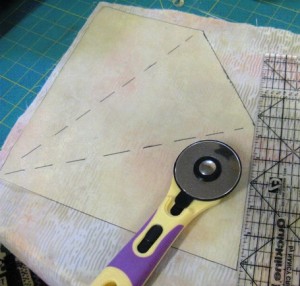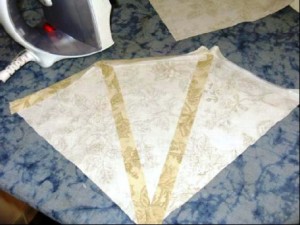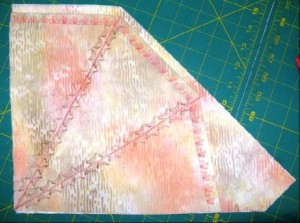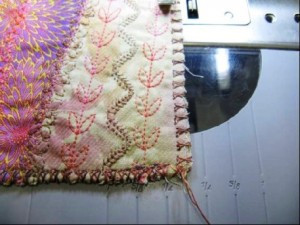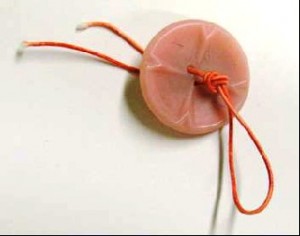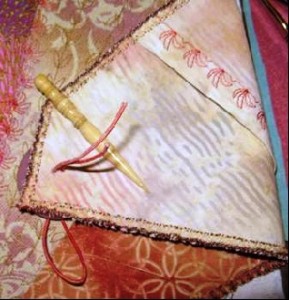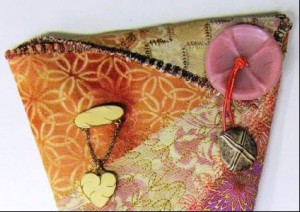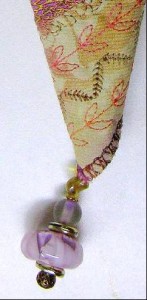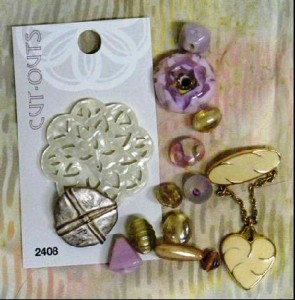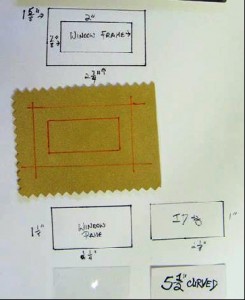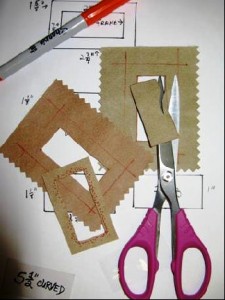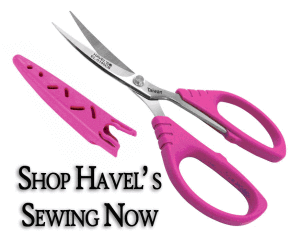
Hey sweet friends!
A week or so ago I tested one of my own patterns to be sure that YES, it can be completely finished up in a weekend. Well, at least the throw size can.
I’m showing off my second version of my Good Girl quilt. This time is luscious plums, purples and lavenders.
Find the pattern here.

For this quilt, I made the lap throw size once again. I think it ends up really close to 60″ square, but not quite. This is a great size for just putting on your lap while on the sofa or front porch swing, taking with you for trips for sitting (though prob only one person could actually sit on this size unless you are a very tiny person.
It’s one of my favorite quilt sizes and I make many, many quilts this size.
Today, I thought we’d break down exactly what I did each day to finish this quilt in two days time.
Day 1
- Choose color palette and pull fabrics.
- Cut all fabrics – This step took me probably an hour to an hour and a half, and that is without breaks or stopping. I was alone at home, so if you have little ones running about or dinner cooking this could take longer for you.
- Piece blocks – I consider this step to be completely finishing all the blocks and the two borders, and that means pressing and all that. I spend no more than three hours on this step and I’m probably exaggerating that a bit. These are very simple blocks to make and require very little thought. You can zone out to TV or a podcast without fear of making a mistake. It was probably close to only two hours. Again, my time was all my own without distractions. When my kids were little this might have been a longer process.
- Lay out quilt – I do this step on my design wall and I usually put some good thought into this. I like to step back and make sure no two fabrics of the same are touching (it’s a pet peeve of mine and I’ve made several quilts where that happens and it always annoys me. You may not have this pet peeve and that’s even better.). Took maybe thirty minutes.

Day 2
- Make quilt top – This part of making a quilt top is my least favorite. I don’t like sewing blocks together and I drag on this step. Took me around two hours. Again, that includes pressing and getting a completely finished quilt top.
- Cut and make backing + batting – Took 30 minutes tops.
- Baste – I spray baste on the wall. It’s super quick, especially a quilt of this size. I have a tutorial here for it. Took 30 minutes at least.
- Quilting – I did a tight meander or stipple for this quilt all over. Took me about an hour. I have had several people contact me about doing it so quickly and I think that just comes with doing it over and over again. A meander is (for me) the easiest design to do and I do that quickly without much thought in it. I think of it more of just a therapeutic part of making quilts. I’m always listening to a podcast when I do this step and I like to finish in one sitting. Again, I’m not adding special touches to my quilt design. I’m using a very simple meander. I have heard from some people that a meander is not the easiest and if that’s true for you, that’s okay. Find something that is. I have not explored free motion quilting designs much, just a little and this is my favorite. I don’t want to spend a lot of time with this step, but if you do, I say go for it.
- Binding – I machine bind. Here’s my tutorial. I think I bind a little differently (and weirdly), but it works for me. Took me just over an hour to make binding and bind the quilt.
And that’s it! Okay, okay. Making a quilt is not “that’s it!”. There’s a lot of work and a lot of steps involved. We all know it. I just wanted to show you what I did each day to be able to gift this quilt on the third day. Obviously, making a quilt is so much enjoyable when you get to take your time, not feel rushed, and enjoy the making. But sometimes you need a quilt right now! And I think this is a quick, but cool pattern. Plus, it really shows off that yummy low volume, don’t you think?

Product Spotlight
Low Volume Bundle
Moda Fabrics
6 Fat Quarters
Bundle includes fabrics from Tuppence, Modern Background Paper, Farmer’s Daughter and Victoria
Fat Quarters Measure 18″ x 21″
100% Cotton, Quilt shop quality fabric.
Purchase here.

I don’t have fabric names for you on this quilt, because I truly dipped into my purple scrap basket and just pulled all the width of fabric scraps that were in it. I might be on a roll of clearing out scrap baskets. As long as I keep making monochromatic quilts……
My only baskets now that are running over is the basket of green scraps and the basket of gray and black scraps. I can see myself using all those greens, but what am I going to do about the gray and black. I just don’t see me using those much at all. Ugh.

I have a pinterest board called SCRAP QUILTS to try and keep me inspired to make them. And even broken down even more, I have a board called STRIP QUILTS, because I have a lot of strips. Maybe they might inspire you too?


Helpful Links

Thanks so much for reading along!
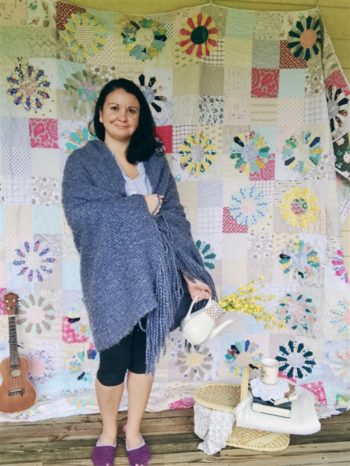
Melanie Traylor lives in Northern Alabama with her husband and two children. She has a home studio dedicated to her love of making quilts. In her spare time she likes to crochet, read and travel. You can find her on:
Pinterest at – melaniestraylor
Instagram – @southerncharmquilts
Facebook – https://www.facebook.com/SouthernCharmQuilts
She blogs regularly at:
Quilt Making
You’ll find lots and lots more pictures of her quilts and studio on her blog.


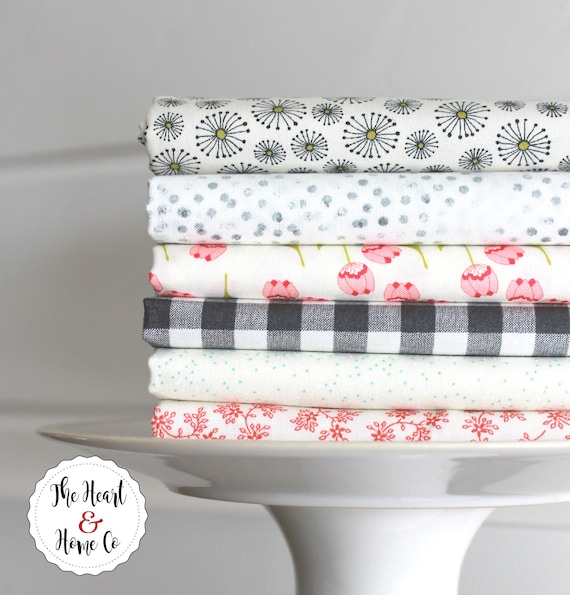


 The easier, more effortless way to rip, I mean snip your unwanted stitches.
The easier, more effortless way to rip, I mean snip your unwanted stitches.

















